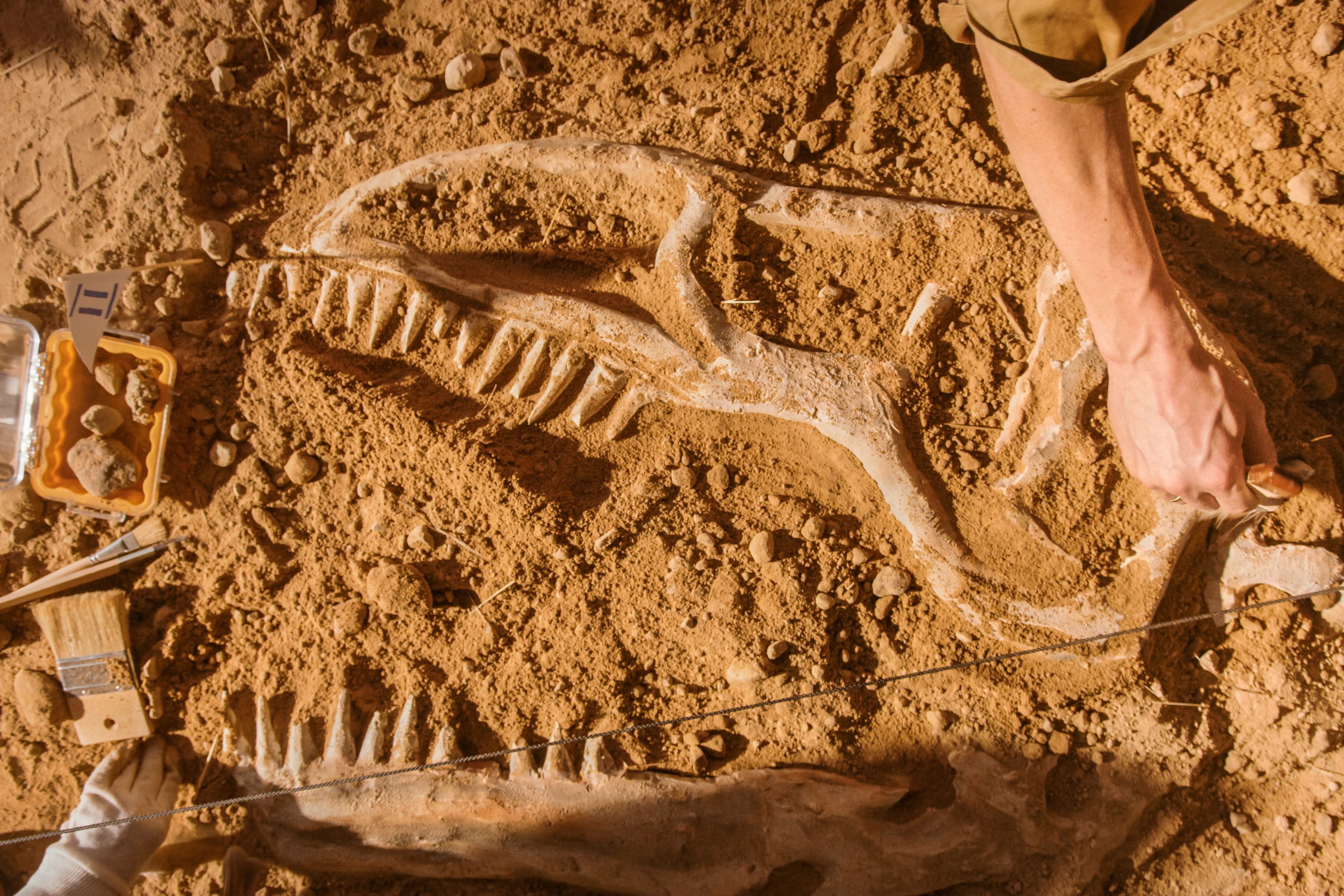A “Hidden Gem” Fossil Of A Dinosaur Species That Lived During The Early Cretaceous Period Revealed That It Had Skin With Both Feathers And Reptilian Scales

In 1922, the first fossil of a partially feathered dinosaur named the Psittacosaurus was discovered.
Initially, it was believed that Psittacosaurus only had feathers on its tail, but a recent discovery has revealed that the species possessed skin with both feathers and reptilian scales.
The new fossil provides more information about the evolution from scales to feathers.
The Psittacosaurus lived some time in the early Cretaceous period, between 135 and 120 million years ago, during a time when dinosaurs were just beginning to evolve into birds.
Based on the findings associated with the new fossil, the skin of Psittacosaurus had feathered areas and bald patches that were scaly.
This demonstrates how retaining reptile-like scales may have improved the function of the skin during the early stages of feather evolution.
A team of researchers used ultraviolet light to examine the uniquely preserved fossilized Psittacosaurus skin since it couldn’t be seen by the human eye.
Then, they used X-rays and infrared light to get an even closer look. The details of the study were published in the journal Nature Communications.
“The fossil is truly a hidden gem…and it remained hidden when the specimen was donated to Nanjing University in 2021. Only under UV light is the skin visible, in a striking orange-yellow glow,” Dr. Zixiao Yang, a paleontologist from the University College Cork, said.
Gorodenkoff – stock.adobe.com – illustrative purposes only
Sign up for Chip Chick’s newsletter and get stories like this delivered to your inbox.
Under the ultraviolet light, the scaly skin showed up on the torso and limbs, which are the parts of the body that did not contain feathers. Yang added that the fossil skin was made up of silica, which is the same component that glass is composed of.
During fossilization, silica-rich fluids entered the skin before it could decay, preserving the structure of the skin in intricate, glassy detail. It is the first time that a vertebrate fossil has ever been found preserved in this way.
The new fossil evidence indicates that Psittacosaurus had reptile-like skin in areas where it didn’t have feathers.
So, according to the discovery, it appears that early feathered animals had mixed skin types that included feathered regions of the body and scaly skin, similar to modern reptiles. This combination of skin allowed animals to protect themselves from dehydration, injury, and parasites.
Welcome to Billionaire Club Co LLC, your gateway to a brand-new social media experience! Sign up today and dive into over 10,000 fresh daily articles and videos curated just for your enjoyment. Enjoy the ad free experience, unlimited content interactions, and get that coveted blue check verification—all for just $1 a month!
Account Frozen
Your account is frozen. You can still view content but cannot interact with it.
Please go to your settings to update your account status.
Open Profile Settings